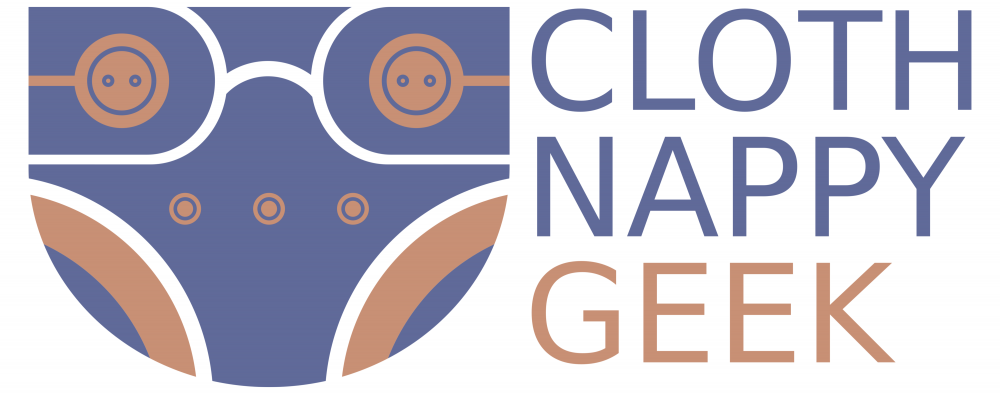Wool is typically used to create nappy covers. They predominately are made from merino wool, although other fibre options are out there.
Unlike their PUL counterparts the care of wool is a bit different. There’s some advice pages on using and caring for you wool from the submenu above – or use the search box.
Is wool environmentally friendly?
Wool is natural, breathable, soft, warm and biodegradable.
It comes in a huge variety, from different animals, to different weights, weaves, colours, the list is endless. Which also means it has an endless list of uses, from nappies, to clothing, to mattresses.
But is it ethical and sustainable?
Like so many fibres, it depends.
It’s a huge topic. Here’s the main points to consider.
Animal welfare; I’d suggest some research on mulesing if you buy sheep wool. And looking at how angora is obtained is horrific. BUT, there are brands out there who source ethically.
Farming; raising animals involves deforestation to create grazing land. However many animals (such as sheep) are able to graze land that is unsuitable for agriculture.
Processing; again the environmental impact varies hugely. For example, wool which naturally contains lanolin will often be washed with sulphuric acid to remove the lanolin.
Dyeing; not a unique area for wool, but synthetic dyes are petrochemicals. These can actually stop fibres being biodegradable. Undyed and unbleached are always better environmentally.
As always, decide what’s important to you and research for products that meet your criteria.
